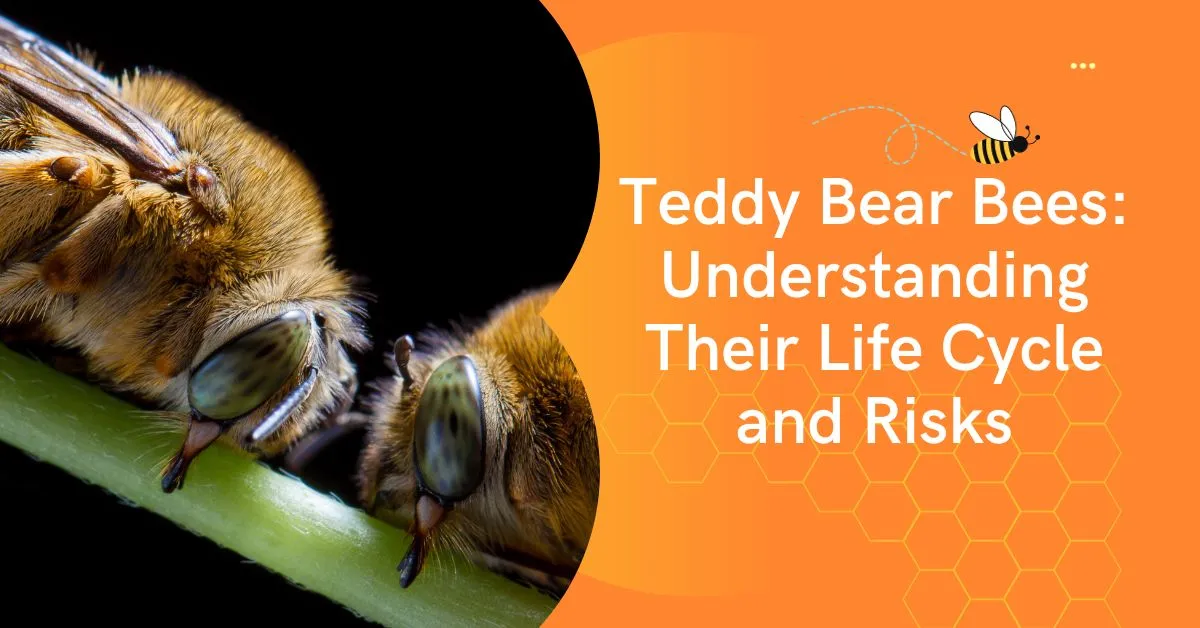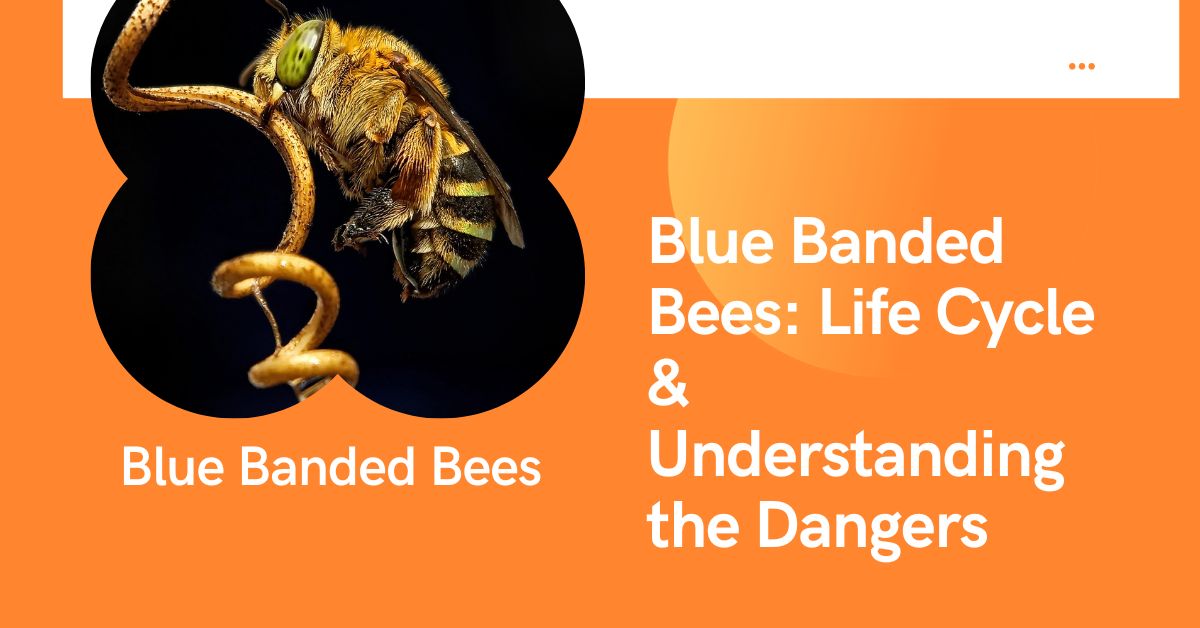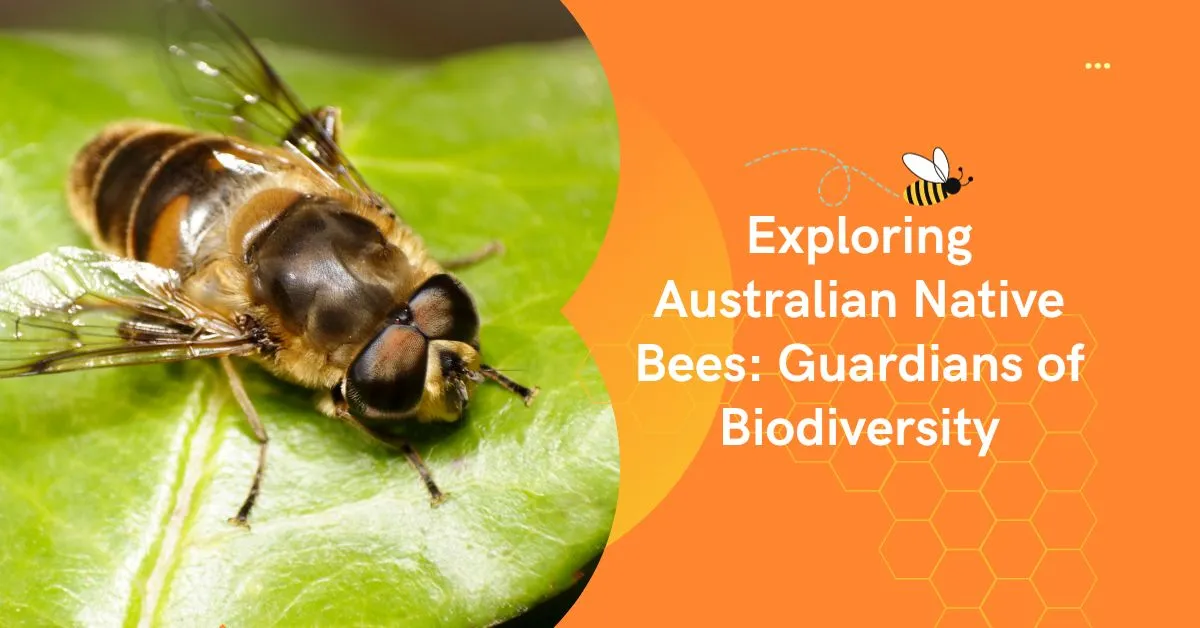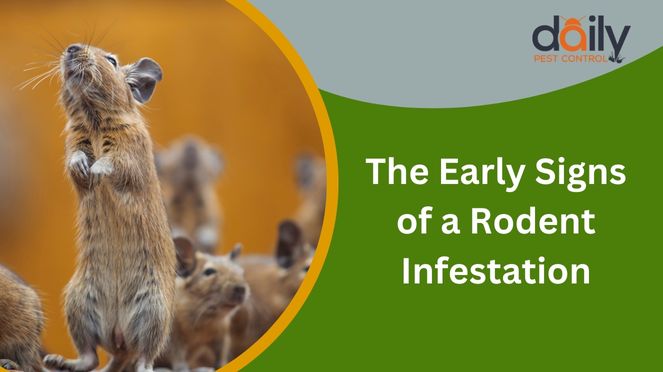European honeybees, scientifically known as Apis mellifera, are a subspecies of honeybees native to Europe. These remarkable insects have played a pivotal role in the ecosystem and human culture for centuries, thanks to their exceptional abilities and the products they provide. European honeybees are a subspecies of the honeybee Apis mellifera, characterized by their distinctive physical traits and behavior. They have a diverse range of appearances, with varying shades of yellow and brown, but they are generally known for their golden-brown coloration.
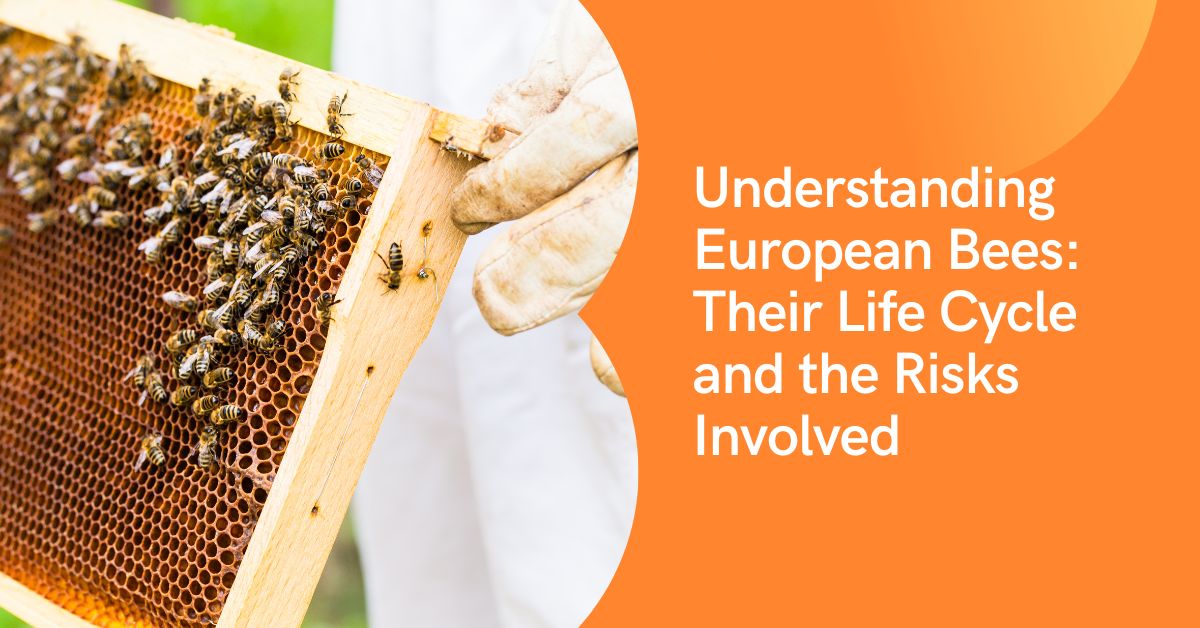
The Importance of European Honeybees
European honeybees, scientifically known as Apis mellifera, hold a pivotal role in the ecosystem, agriculture, and human society. Their significance cannot be overstated, and here we delve into the many reasons why these industrious insects are so vital.
Pollination Powerhouses: European honeybees are exceptional pollinators. As they forage for nectar, their bodies inadvertently pick up pollen from one flower and transfer it to another, facilitating the fertilization of plants. This process is essential for the reproduction of countless fruit, vegetable, and nut-bearing plants. Without honeybee pollination, many of these crops would produce significantly lower yields, affecting global food production and causing a rise in food prices.
Agricultural Backbone: The agricultural industry heavily relies on honeybee pollination. Fruits like apples, cherries, and almonds, as well as vegetables such as cucumbers and squash, are heavily dependent on honeybees for pollination. In fact, it’s estimated that honeybee pollination contributes billions of dollars to the global agricultural economy each year.
Biodiversity Preservation: Honeybees play a crucial role in maintaining biodiversity. By pollinating a wide variety of plant species, they help ensure the genetic diversity of plants. This genetic diversity is essential for the adaptation and resilience of ecosystems, especially in the face of climate change and other environmental challenges.
Honey and Beyond: Honey production is another remarkable contribution of European honeybees. Honey is not just a delicious natural sweetener; it has medicinal, culinary, and cosmetic uses. Beyond honey, honeybees produce beeswax, which is utilized in candles, cosmetics, and a variety of products. They also create propolis, a resin-like substance with antimicrobial properties, used to protect their hives against diseases/
Economic Impact: European honeybees have a significant economic impact. Beekeeping is a thriving industry, providing livelihoods for many people who manage beehives, collect honey, and sell bee-related products. Additionally, the honeybee’s role in agriculture indirectly supports numerous jobs in the food and farming sectors.
Cultural and Symbolic Significance: Honeybees hold a special place in human culture. They symbolize diligence, cooperation, and sweetness. Beekeeping is a traditional practice, and honeybees have been celebrated in art, literature, and folklore for centuries. Their cultural importance extends beyond their practical contributions.
Physical Characteristics of European Honeybees
European honeybees (Apis mellifera) are known for their distinctive physical characteristics, which help distinguish them from other bee species. These features are essential for their survival, efficient pollination, and honey production. Here are some of the key physical characteristics of European honeybees:
Size: European honeybees are relatively small insects, measuring approximately 10 to 15 millimeters in length. Their compact size allows them to navigate through the complex structures of flowers while collecting nectar and pollen.
Color: The coloration of European honeybees can vary, but they are generally recognized for their golden-brown appearance. Worker bees typically exhibit a mixture of yellow and brown bands on their abdomen, which helps differentiate them from other bee species.
Fine Hair: The bodies of European honeybees are covered in fine, branched hair, often referred to as “pubescence.” This hair serves several purposes, including collecting pollen, providing insulation, and assisting in temperature regulation within the hive.
Compound Eyes: European honeybees have large, compound eyes that are well-suited for detecting movement and colors. Their compound eyes consist of thousands of individual lenses, allowing them to see a wide field of view.
Dangers from European Bees
While European honeybees (Apis mellifera) play a vital role in pollination and honey production, there are potential dangers associated with them, particularly when interactions between humans and these insects go awry. It’s essential to be aware of these risks to ensure safe coexistence. Here are some potential dangers associated with European bees:
Stinging: European honeybees are equipped with stingers as a defensive mechanism. When they perceive a threat to their hive or themselves, they may sting to protect the colony. The stinger can become embedded in the skin and cause pain, swelling, and, in some cases, severe allergic reactions. For individuals who are highly allergic to bee stings, a single sting can be life-threatening, requiring immediate medical attention.
Swarming: European honeybee colonies occasionally undergo a natural process called swarming. During a swarm, a portion of the colony, including the queen bee, leaves the hive in search of a new location. While swarming bees are typically less aggressive and focused on finding a new home, the sight of a large cluster of bees can be intimidating and trigger panic.
Allergic Reactions: Bee stings can trigger allergic reactions in some individuals, ranging from localized swelling and pain to more severe symptoms such as difficulty breathing, hives, and anaphylaxis. For those with bee sting allergies, a single encounter with European honeybees can be life-threatening.
Nuisance: European honeybees are attracted to sugary substances, including food and beverages. Their presence at outdoor gatherings, picnics, and events can be a nuisance, leading to accidental stings when bees are attracted to sugary drinks and food items.
Property Damage: European honeybees may establish hives in unwanted locations, such as inside walls, attics, or other structures. This can lead to structural damage and costly removal efforts.
Treating European Honeybee Issues
Dealing with European honeybees, whether for conservation or management, requires care and respect for these vital pollinators. Here are some approaches to consider when addressing issues related to European honeybees:
Professional European Beekeepers:
For bee-related concerns, such as the presence of a honeybee colony in an unwanted location, it’s advisable to contact a professional beekeeper. Beekeepers are skilled in handling bees and can safely relocate honeybee colonies without harming the bees. They often provide bee removal Brisbane service for free or at a reasonable cost.
Avoid Disturbance:
If you encounter a swarm of European honeybees or their nest, avoid disturbing them. Keep a safe distance and do not provoke them by swatting or making loud noises. Bees are usually less aggressive during swarming, but caution is still essential.
Protective Clothing:
If you need to work near a beehive, wear protective clothing. A beekeeper’s suit, gloves, and a veil can provide excellent protection against stings.
Emergency Kit:
Have an emergency bee sting kit on hand if you or someone nearby is allergic to bee stings. This kit typically includes antihistamines and epinephrine for severe allergic reactions. If a severe allergic reaction occurs, seek medical assistance immediately.
Preventive Measures:
To deter bees from becoming a nuisance at outdoor gatherings, keep food and beverages covered, and promptly clean up spills to minimize their attraction to sugary substances.
Africanized Honeybees:
In regions where Africanized honeybees are present, exercise extra caution. These bees are known for their increased aggression. Professional beekeepers or pest control experts should handle issues involving Africanized honeybees.
Respect Local Regulations:
Familiarize yourself with local laws and regulations related to beekeeping, pest control, and the relocation of beehives. Compliance with these regulations is essential when managing European honeybee issues.
Seek Assistance for Relocation:
If you discover a beehive in an unwanted location, reach out to local beekeeping associations, agricultural extension offices, or pest control agencies. They can guide you on the best course of action for relocating the hive safely.
FAQs about European Bees
Q. Are European bees dangerous to humans?
A. European bees are not generally aggressive, but they can sting when they feel threatened. For individuals with bee sting allergies, a bee sting can be dangerous. It’s important to exercise caution around them.
Q. How can I prevent bee stings from European bees?
A. Avoid swatting or making sudden movements when near bees, wear protective clothing if working near a hive, and refrain from disturbing their nests. These precautions can reduce the risk of stings.
Q. Are European honeybees aggressive?
A. European honeybees are generally not aggressive, but they will defend their hive if they perceive a threat. They may become more defensive during swarming or when their hive is disturbed.
Q. Can I remove a European honeybee hive from my property?
A. It’s best to consult with a professional beekeeper or pest control expert for hive removal. Attempting to remove a hive on your own can be dangerous and should be avoided.




